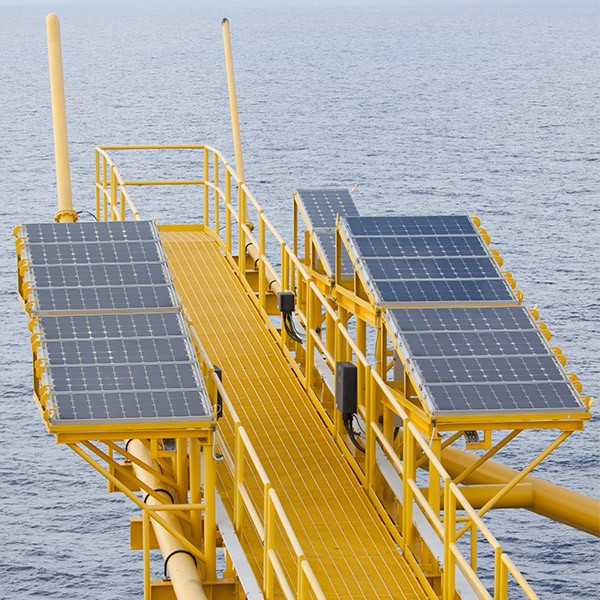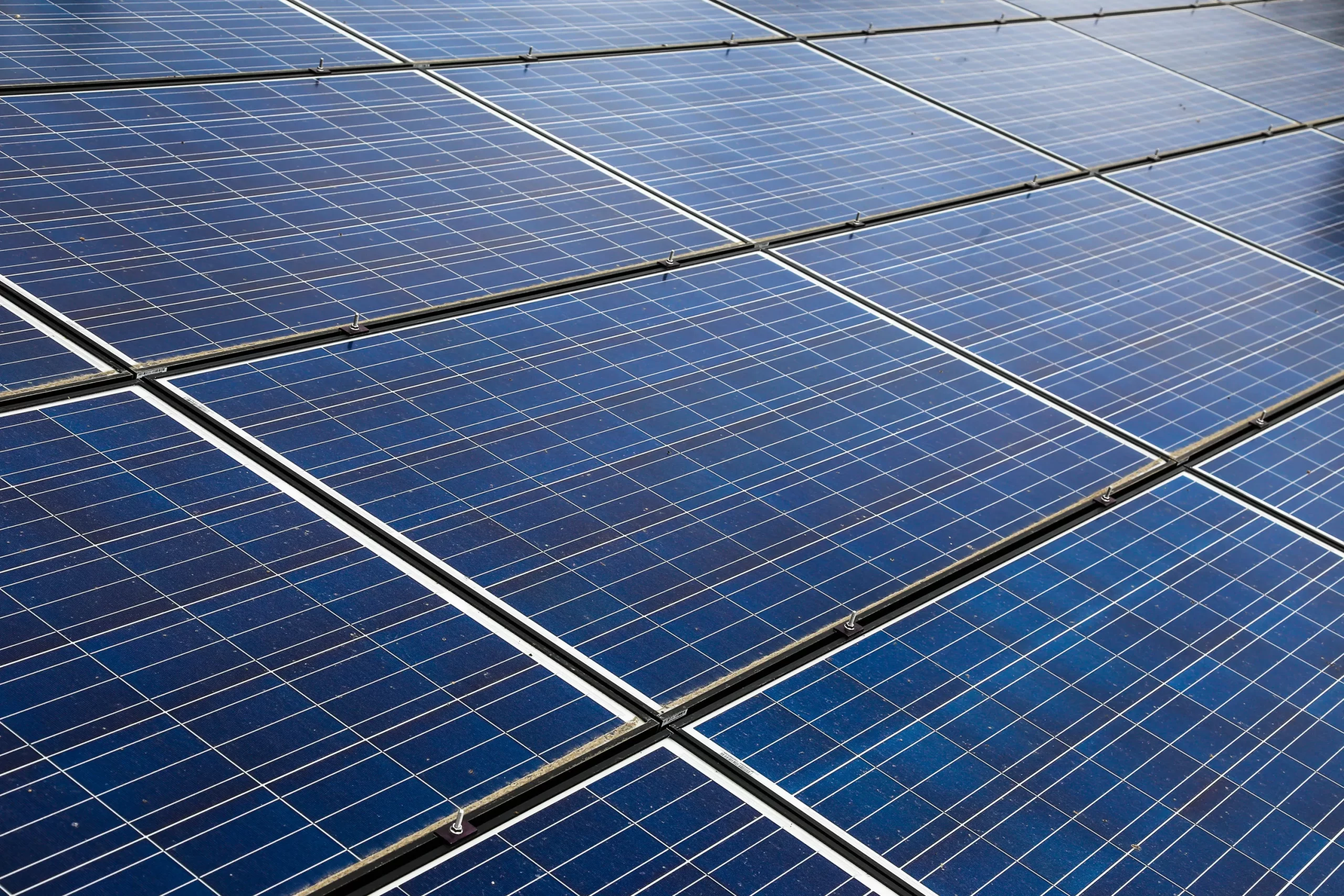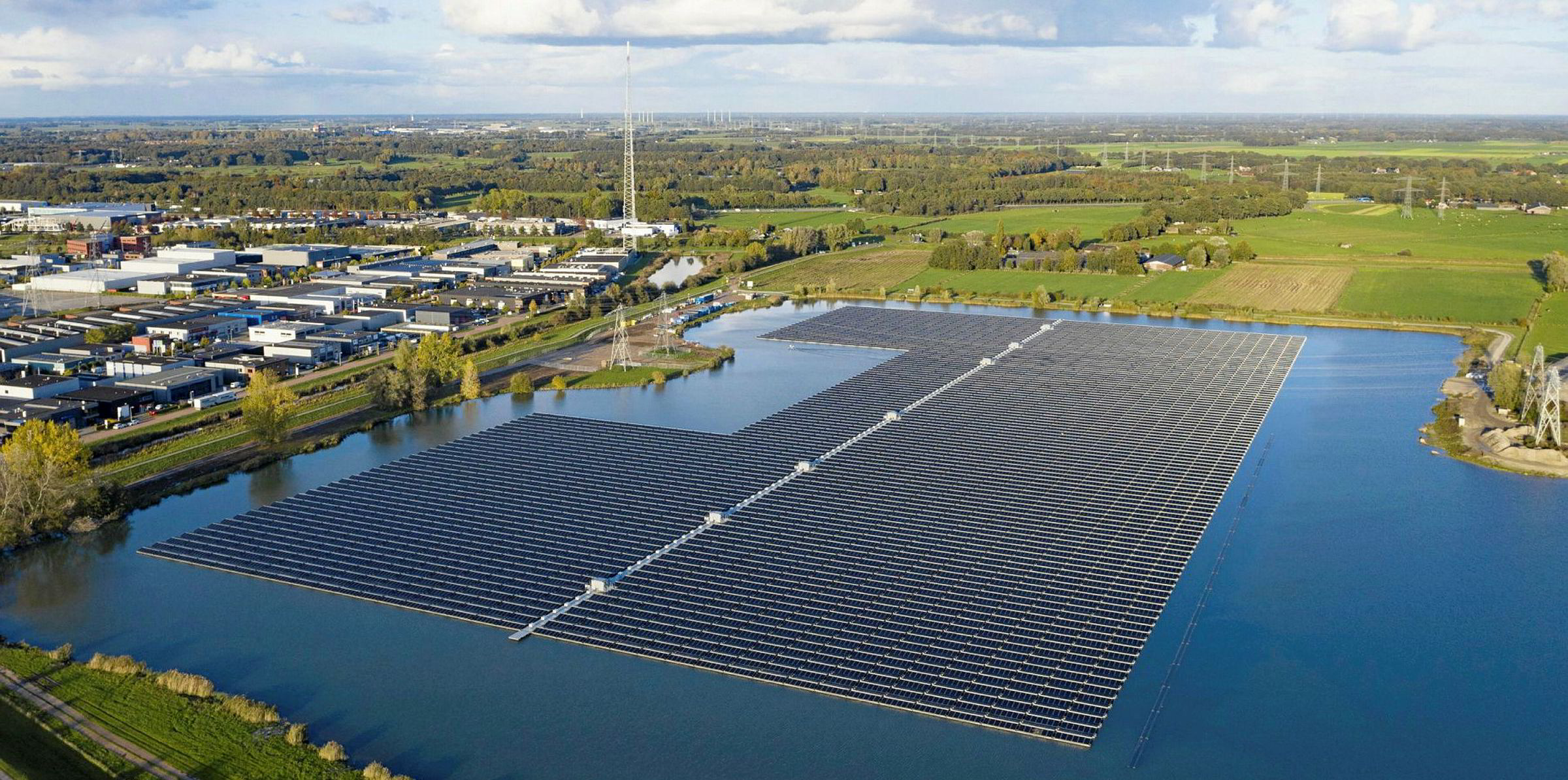Spain’s solar landscape is changing thanks to the integration of Artificial Intelligence Technologies with the tracking systems of the ground mounting solar power solutions. This new approach sets new benchmarks to optimize the production of solar energy, making Spain One of the world leaders in renewable energy technology.
The Rise of AI in Solar Energy:
Known for its sunny climate, Spain has been a major player in the solar industry. The recent introduction of artificial intelligence in solar tracking systems is a significant step forward. These artificial intelligence systems increase the Energy yield from solar panels like never before.
AI-Driven Tracking: A Game Changer:
Traditional sun trackers followed basic sun paths, but AI-based systems take this a step further. By analyzing vast amounts of data, such as historical weather patterns, real-time sunlight conditions, and even dust accumulated on the panels, AI algorithms dynamically adjust the panels for optimal sunlight absorption. For example, at a solar farm near Seville, the introduction of artificial intelligence resulted in 20% energy yield more compared to traditional monitoring methods.
Case Study: Andalusia’s Solar Farm:
In Andalusia, a solar farm equipped with AI tracking technology showcases remarkable results. Situated in the sun-drenched region of Andalusia, known for its ideal solar energy conditions. Covers an area of 50 hectares, making it one of the largest solar farms in Spain. Initially installed with a capacity of 100 megawatts, capable of powering approximately 30,000 homes. The solar farm began integrating AI into its tracking systems in 2023. It uses advanced machine learning algorithms to analyze data from various sources, including satellite imagery, weather stations, and sensors on the panels.
Here, the tracking systems adjust the panels’ angles not just for the sun’s position but also for predicted cloud cover and wind conditions. As a result, the farm reports a 30% increase in energy production; energy production rose from 150 GW-hours to nearly 195 GW-hours, compared to previous years. AI also aids in predictive maintenance, identifying potential issues before they arise, reducing downtime by 25%.
Environmental and Economic Benefits:
This increase in energy efficiency means significant environmental benefits. The farm and Andalusia’s enhanced production are estimated to reduce carbon dioxide emissions by approximately 10,000 tons per year. Financially, O&M (Operations and Maintenance) costs decreased by 15%, which increased The return on investments accelerates the breakeven and reduces the LCOE (Levalised Cost of Electricity) making solar energy more competitive compared to traditional energy sources.
Spain’s Vision for the Future:
Through these achievements, Spain Accelerated the utility-scale solar projects to reach the solar installation capacity target by 20230. Artificial intelligence monitoring is planned for several solar farms in different parts of the country. The goal is to increase national solar energy production by 40% over the next decade. This is in line with Spain’s commitment to reduce greenhouse gas emissions and transition to a more sustainable energy model.
Conclusion:
Spain’s adoption of AI in solar tracking is more than an innovation; it’s a revolution in Solar Energy industry. By enhancing efficiency, reducing costs, and lowering environmental impact, Spain is demonstrating the enormous potential of AI in shaping a sustainable future.




